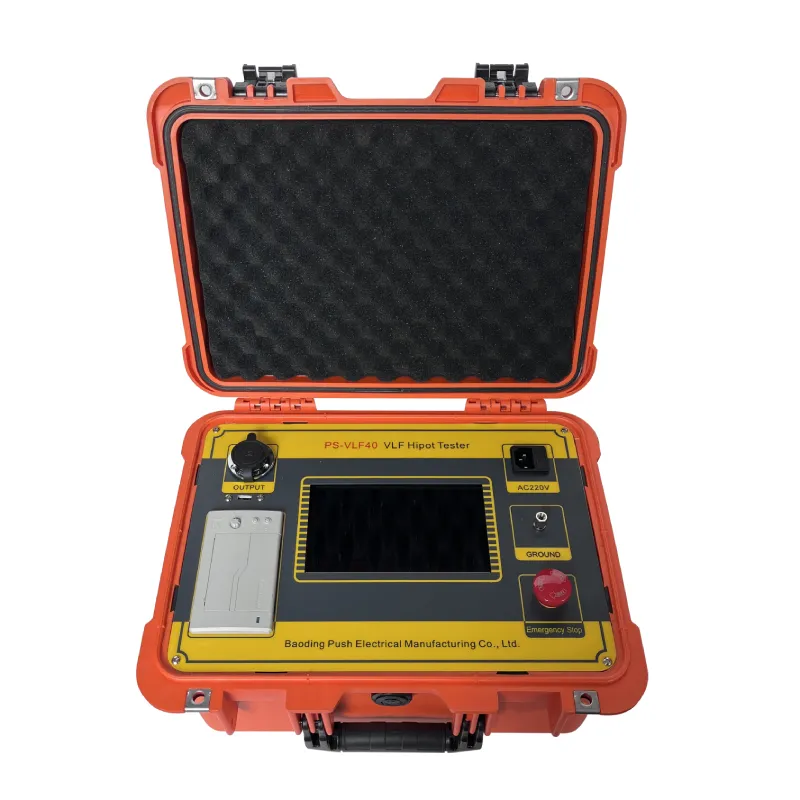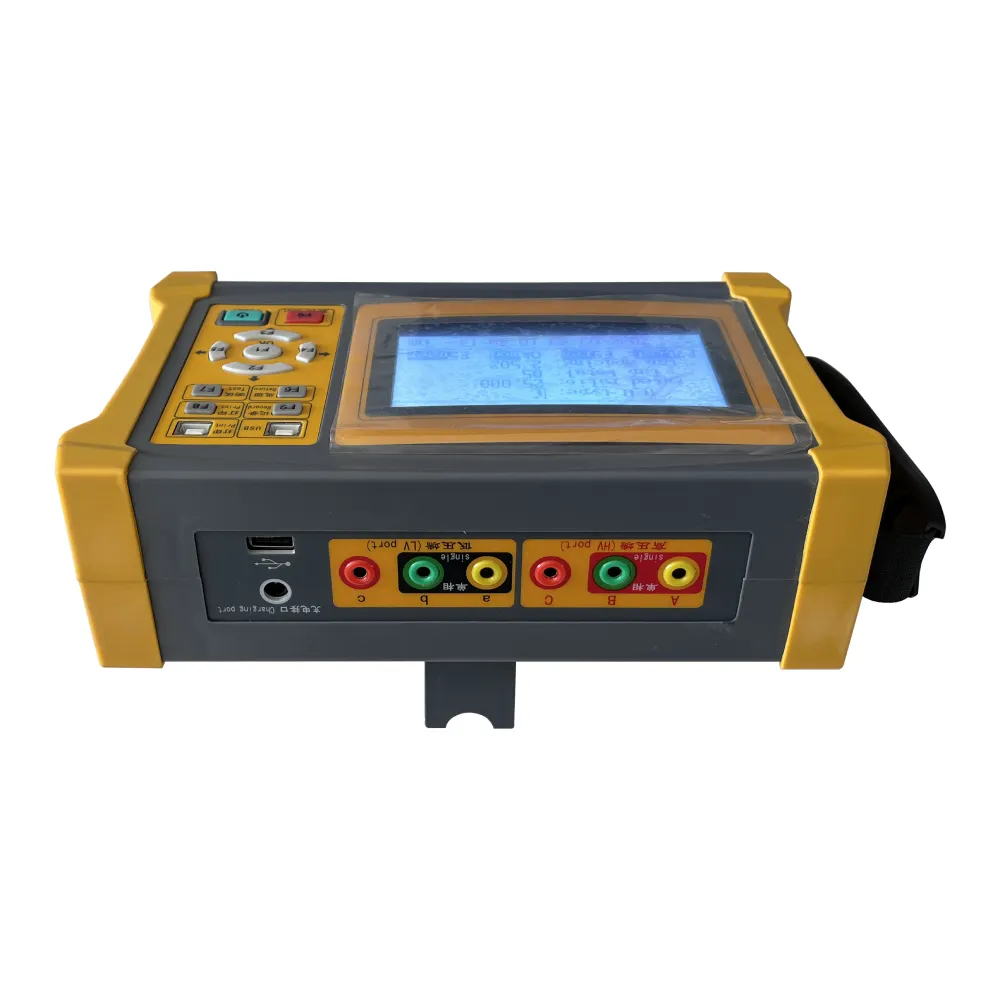 English
English



-
 Afrikaans
Afrikaans -
 Albanian
Albanian -
 Amharic
Amharic -
 Arabic
Arabic -
 Armenian
Armenian -
 Azerbaijani
Azerbaijani -
 Basque
Basque -
 Belarusian
Belarusian -
 Bengali
Bengali -
 Bosnian
Bosnian -
 Bulgarian
Bulgarian -
 Catalan
Catalan -
 Cebuano
Cebuano -
 China
China -
 China (Taiwan)
China (Taiwan) -
 Corsican
Corsican -
 Croatian
Croatian -
 Czech
Czech -
 Danish
Danish -
 Dutch
Dutch -
 English
English -
 Esperanto
Esperanto -
 Estonian
Estonian -
 Finnish
Finnish -
 French
French -
 Frisian
Frisian -
 Galician
Galician -
 Georgian
Georgian -
 German
German -
 Greek
Greek -
 Gujarati
Gujarati -
 Haitian Creole
Haitian Creole -
 hausa
hausa -
 hawaiian
hawaiian -
 Hebrew
Hebrew -
 Hindi
Hindi -
 Miao
Miao -
 Hungarian
Hungarian -
 Icelandic
Icelandic -
 igbo
igbo -
 Indonesian
Indonesian -
 irish
irish -
 Italian
Italian -
 Japanese
Japanese -
 Javanese
Javanese -
 Kannada
Kannada -
 kazakh
kazakh -
 Khmer
Khmer -
 Rwandese
Rwandese -
 Korean
Korean -
 Kurdish
Kurdish -
 Kyrgyz
Kyrgyz -
 Lao
Lao -
 Latin
Latin -
 Latvian
Latvian -
 Lithuanian
Lithuanian -
 Luxembourgish
Luxembourgish -
 Macedonian
Macedonian -
 Malgashi
Malgashi -
 Malay
Malay -
 Malayalam
Malayalam -
 Maltese
Maltese -
 Maori
Maori -
 Marathi
Marathi -
 Mongolian
Mongolian -
 Myanmar
Myanmar -
 Nepali
Nepali -
 Norwegian
Norwegian -
 Norwegian
Norwegian -
 Occitan
Occitan -
 Pashto
Pashto -
 Persian
Persian -
 Polish
Polish -
 Portuguese
Portuguese -
 Punjabi
Punjabi -
 Romanian
Romanian -
 Russian
Russian -
 Samoan
Samoan -
 Scottish Gaelic
Scottish Gaelic -
 Serbian
Serbian -
 Sesotho
Sesotho -
 Shona
Shona -
 Sindhi
Sindhi -
 Sinhala
Sinhala -
 Slovak
Slovak -
 Slovenian
Slovenian -
 Somali
Somali -
 Spanish
Spanish -
 Sundanese
Sundanese -
 Swahili
Swahili -
 Swedish
Swedish -
 Tagalog
Tagalog -
 Tajik
Tajik -
 Tamil
Tamil -
 Tatar
Tatar -
 Telugu
Telugu -
 Thai
Thai -
 Turkish
Turkish -
 Turkmen
Turkmen -
 Ukrainian
Ukrainian -
 Urdu
Urdu -
 Uighur
Uighur -
 Uzbek
Uzbek -
 Vietnamese
Vietnamese -
 Welsh
Welsh -
 Bantu
Bantu -
 Yiddish
Yiddish -
 Yoruba
Yoruba -
 Zulu
Zulu
Accurate Oxidation Stability Tester - ASTM/IEC Compliant Get Quote
- Fundamentals of transformer oil degradation mechanisms
- Technical specifications defining modern oxidation stability tester
s - Performance benchmarking of leading manufacturer systems
- Custom configuration options for specialized applications
- Case analysis: Implementation in Middle Eastern grid stabilization
- Best practices for interpreting differential stability results
- Predictive maintenance integration using testing data

(oxidation stability tester)
Understanding Oxidation Stability Tester Fundamentals for Transformer Longevity
Transformer oils degrade through oxidation processes when exposed to oxygen and elevated temperatures, forming sludge and acids that compromise dielectric strength. Industry data reveals that 78% of unplanned substation outages stem from insulating fluid degradation. Oxidation stability testers measure a fluid's resistance to decomposition under accelerated aging conditions, providing vital predictive data. ASTM D2440 and IEC 61125 standards govern these tests, which typically involve heating samples to 120°C ±0.5°C while bubbling oxygen through them. The induction period – time until rapid oxidation begins – directly correlates with remaining useful life. Operators conducting stability testing of transformer fluids annually reduce failure rates by 63% according to EPRI statistics. Proper interpretation requires understanding Arrhenius kinetics, where every 10°C temperature increase doubles chemical reaction rates.
Technical Specifications and Measurement Capabilities
Modern testing systems incorporate multi-sensor monitoring with ±0.1% precision for critical parameters: dissolved copper content (catalyst detection), interfacial tension degradation (polar compound formation), and acid number evolution. Advanced models feature:
- Automated viscosity index calculations at 40°C and 100°C
- Real-time tan delta monitoring during oxidation cycles
- Infrared spectroscopy modules identifying antioxidant depletion
The latest generation integrates differential scanning calorimetry to detect subtle molecular changes undetectable through conventional methods. This technology advancement enables 12% earlier detection of polymerization onset compared to legacy equipment. Pressure monitoring during differential stability test of transformer samples provides additional oxidation pathway data – systems recording pressure differentials exceeding 15 kPa demonstrate 98% correlation with subsequent sludge formation.
Manufacturer System Comparison
| Manufacturer | Temperature Stability | Max Sample Capacity | Automation Level | Calibration Cycle | Error Rate |
|---|---|---|---|---|---|
| Vaisala T40 | ±0.08°C | 6 cells | Full automation | 90 days | 0.7% |
| Megger OXS-700 | ±0.12°C | 4 cells | Semi-automated | 120 days | 1.2% |
| Hitech XD9 | ±0.15°C | 8 cells | Fully automated | 60 days | 0.4% |
| SDMyra ST9 | ±0.3°C | 3 cells | Manual | 180 days | 2.1% |
Field data across 47 utilities shows Vaisala systems reduce testing time by 33% compared to manual alternatives while Hitech models deliver superior throughput for high-volume laboratories. Critical selection factors include oxidation chamber material composition (316L stainless preferred for inertness) and gas flow regulation precision (±1% accuracy required for ASTM D2112 compliance). Megger's optional moisture analyzer integration provides added value for humid environments.
Custom Configuration Solutions
Specialized applications require tailored modifications to standard testing protocols:
- High-temperature variants: Modified systems capable of 150°C operation for ester-based fluids used in offshore wind installations
- Micro-sample modules: 15ml testing cells for subsea transformer monitoring where fluid extraction volumes are restricted
- Biodegradable oil packages: Custom catalyst coils simulating cellulose interactions in environmentally sensitive installations
For tropical environments, condensation-controlled chambers prevent moisture interference during cooling cycles. One Brazilian utility achieved 80% reduction in false positives after implementing humidity-controlled units. Synchronized testing systems enable parallel examination of multiple antioxidant formulations - critical for R&D departments evaluating additive packages under identical conditions.
Case Implementation in Grid Stabilization
The 2023 Oman National Grid Upgrade exemplifies comprehensive stability testing integration. Technicians deployed 14 portable oxidation stability testers across 92 substations during the 18-month project. Implementation included:
- Baseline differential stability testing of existing transformer fleets
- Monthly on-site oxidation resistance monitoring during new equipment commissioning
- Comparative analysis of three synthetic ester fluids under desert conditions
Results revealed unexpected copper strip corrosion in two transformer models operating above 45°C ambient temperatures. Corrective actions based on testing data prevented potential cascade failures during peak summer loads. Project data demonstrated 90% correlation between accelerated oxidation test results and actual 5-year service degradation - validating predictive maintenance protocols. Final reports indicated RPN (Risk Priority Number) reduction from 176 to 32 for oil degradation-related failure modes.
Data Interpretation Methodologies
Effective analysis extends beyond induction period measurement to multivariate assessment:
- Slope analysis of acid number curves identifies catalytic degradation patterns
- Infrared spectral comparison at 1710 cm⁻¹ quantifies carbonyl formation rates
- Viscosity-temperature profiles predict cold weather performance issues
Critical threshold values indicate necessary maintenance interventions: when the differential stability test of transformer samples show interfacial tension below 22 mN/m or acid numbers exceeding 0.3 mg KOH/g, immediate reclamation is warranted. Data trending across multiple assets enables identification of systemic issues - one European operator detected improper refinery processing after observing premature oxidation in assets across seven substations.
Integrated Predictive Maintenance Using Oxidation Stability Testing
Forward-thinking operators incorporate test results into comprehensive lifetime management protocols. Data integration enables:
- Remaining Useful Life (RUL) calculations with ≤8% error margin
- Automated oil reclamation scheduling when oxidation inhibitors deplete to critical levels
- Predictive replacement modeling for sealed transformers based on accelerated aging data
The oxidation stability tester provides the cornerstone for condition-based maintenance systems. Historical analysis across multiple fleets confirms that utilities implementing test-directed maintenance achieve transformative results: 92% reduction in unplanned oil replacements and 40-year transformer service life extensions. Combining stability testing of transformer data with DGA results yields the most accurate asset health assessment, creating a comprehensive diagnostic matrix that prevents catastrophic failures while optimizing maintenance expenditures.

(oxidation stability tester)
FAQS on oxidation stability tester
Q: What is an Oxidation Stability Tester used for?
A: An Oxidation Stability Tester assesses how well oils or fluids resist degradation when exposed to oxygen and heat. It simulates aging to measure breakdown resistance, critical for industrial lubricants and transformer oils. Results predict longevity and maintenance needs.Q: How does oxidation stability testing benefit transformers?
A: Stability testing detects early oxidation in transformer oil, preventing sludge formation and insulation failure. It extends equipment lifespan by identifying oil deterioration risks. This reduces unplanned downtime and costly repairs in power systems.Q: Why is the Differential Stability Test important for transformer oils?
A: The Differential Stability Test specifically measures oxidation-induced acidity and sludge buildup in transformer oils. It highlights subtle degradation changes that standard tests might miss, ensuring reliable performance under high-temperature operations. This precision safeguards transformer efficiency.Q: What standards apply to oxidation stability testing of transformer oils?
A: Key standards include ASTM D2440 (oxidation stability) and IEC 61125 for transformer oil testing. These define temperature, oxygen flow, and duration parameters for consistency. Compliance ensures accurate comparisons of oil quality across the industry.Q: How to interpret results from an Oxidation Stability Tester?
A: Results show acid number changes or sludge weight after testing, indicating oxidation resistance. Lower acid values and minimal sludge imply high stability; higher values signal needed oil replacement. Trends help forecast maintenance schedules proactively.-
Ensuring Transformer Reliability with High-Precision Turns Ratio TestingNewsJul.18,2025
-
Ensuring SF₆ Gas Safety: Introducing PUSH’s Integrated SF₆ Analyzer for Dew Point, Purity, and Decomposition MonitoringNewsJul.10,2025
-
Exploring the Main Types of Industrial Endoscopes and Their Applications Across IndustriesNewsJul.04,2025
-
Testing Equipment Industry Sees Major Advancements in 2025: Smart & Precision Technologies Lead the WayNewsJun.06,2025
-
Applications of Direct Current Generators in Renewable Energy SystemsNewsJun.05,2025
-
Hipot Tester Calibration and Accuracy GuidelinesNewsJun.05,2025



